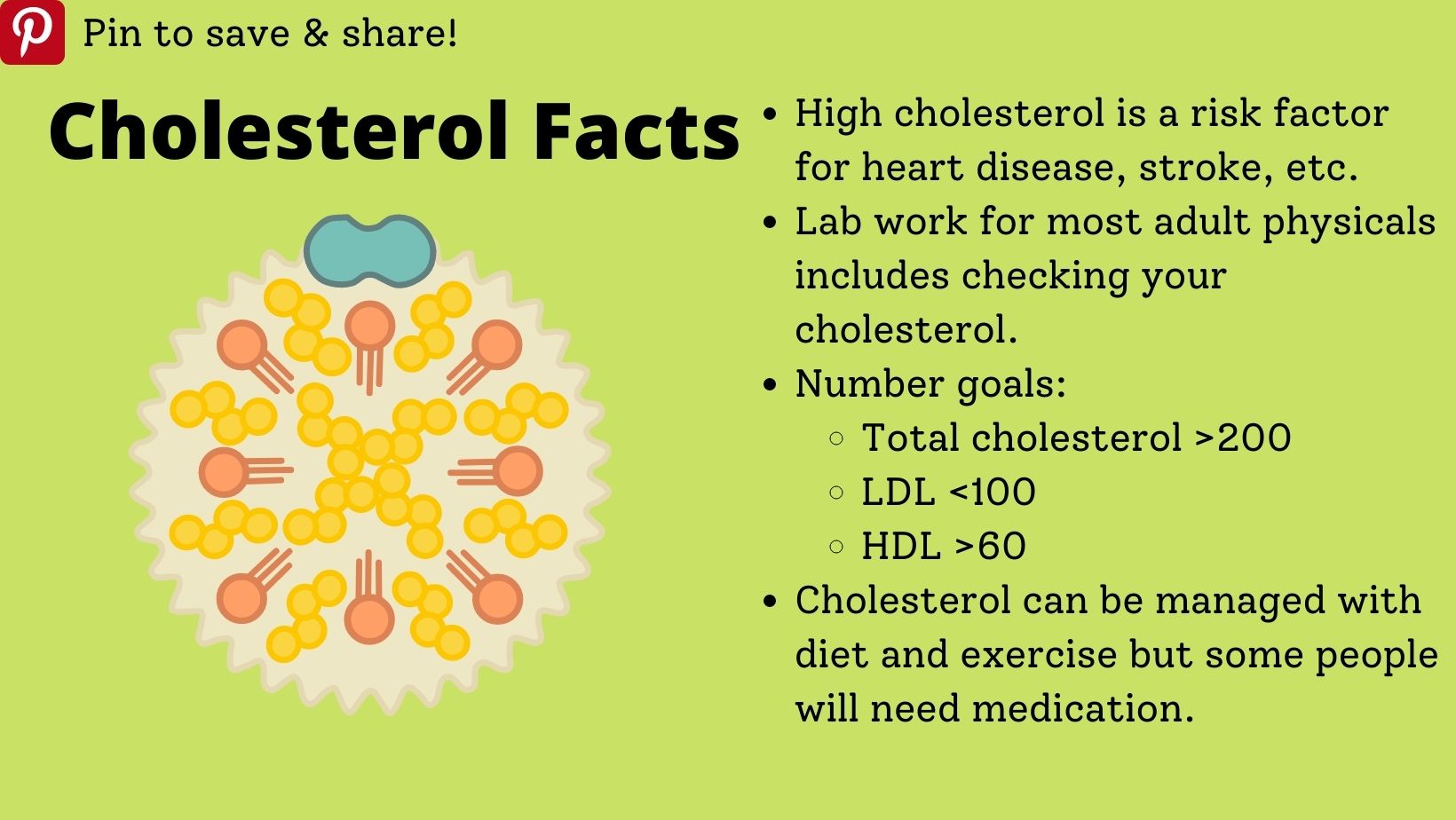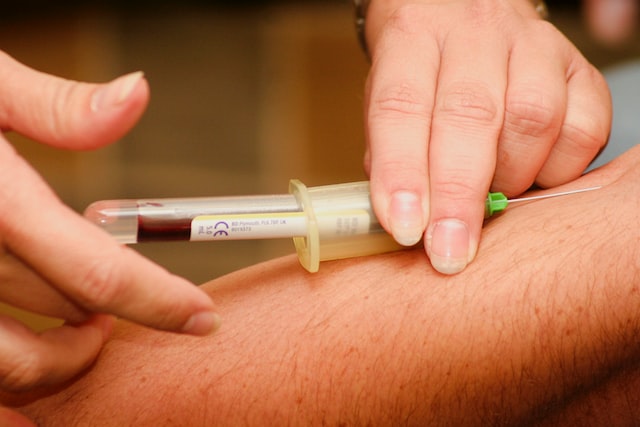How to Successfully Lower Your LDL Cholesterol

Did you know there is both good and bad cholesterol? Its value is key to measuring your risk for heart disease, stroke, etc. This post will discuss all the basics regarding cholesterol, what it is, how to get it under control, and cholesterol-lowering medication.
How Often is Cholesterol Checked?
When you get your physical every year (or as often as recommended by your physician), a lipid panel is usually included in your bloodwork. When you look at said bloodwork, you might be confused to see multiple cholesterol numbers resulting.
READ MORE: Why should we have and see a primary care doctor?
Cholesterol on a Blood Test

Total cholesterol = LDL + HDL + VLDL
The values we’re going to focus on are total cholesterol, LDL, and HDL.
Total cholesterol is, as it reads, the total amount of cholesterol in your blood. Ideally, this number should be less than 200.
LDL is often referred to as bad cholesterol. To remember which is which, think of the L in LDL as the cholesterol you want to be Low. For most, the goal is less than 100.
HDL is often referred to as good cholesterol and the one you want to be High. The goal is to get this number higher than 60.
These three cholesterol-related values are the ones to pay the most attention to. Look at your latest lab work results. Which of these could be improved?
How Cholesterol is Made
Cholesterol is made by your liver. You also get it from your diet. It is used to produce hormones and materials your body needs to digest food.
The LDL is a troublemaker that can clog your arteries. HDL takes the cholesterol in your blood and takes it back to your liver for storage.
Is Cholesterol in Eggs Bad?

No. In fact, your body needs cholesterol to function. And while eggs are high in cholesterol, they don’t necessarily increase your blood cholesterol level the way some other foods do.
Some dietary changes you can make to decrease your cholesterol are to avoid foods that are high in saturated and trans fats, such as butter or shortening. If you’re using a lot of those to prepare your meals, this is an opportunity for improvement. If you’re still worried about eating eggs affecting your cholesterol, you can use egg whites instead or a cholesterol-free egg substitute.
Can Cholesterol go away?
Yes. You can decrease your blood cholesterol, if necessary, through dietary and lifestyle changes. Some people may need medication if these changes alone cannot decrease their cholesterol.
Dietary and lifestyle changes can be a completely free way to lower your cholesterol. Medication costs vary depending on your coverage so it’s important to understand your plan.
READ MORE: What You Should Know About Your EOB (Explanation of Benefits)
Dietary Changes to Decrease Cholesterol
The formula to lower cholesterol is to decrease saturated fat and increase fiber in your diet. If you recall, fiber helps to block the absorption of fat. When fiber is available to do its thing, then some of the fat you consume gets eliminated through your GI system without being absorbed.
Decreasing the saturated fat you eat means less LDL cholesterol being made to hang out in your bloodstream.
READ MORE: 5 Reasons You Need to Start Meal Prepping Today
Lifestyle Changes
A sedentary lifestyle is associated with high LDL levels. Exercise, especially cardio, helps to create more HDL cholesterol. If you want to decrease your risk of heart disease, exercise is key. Aim for at least 30 minutes three times a week.
READ MORE: Keep Your Heart Healthy & Kick heart disease to the Curb!
READ MORE: How to Get Motivated to Work Out When You Hate It!
Cholesterol-lowering Medication
Don’t be too frustrated if you’re in the group of people who made the dietary and lifestyle changes but still can’t get their cholesterol under control. If you are consistently implementing those changes, give yourself credit. The fact of the matter is, for some, it is biologically harder to control their cholesterol levels.
Which Cholesterol Drug is Safest?
So as you may know, in the US, most drugs go through clinical trials in order to get approval and be sold to us as consumers. So, in theory, they are all relatively safe. However, since we’re all individuals, something that is safe for most people won’t necessarily be safe for you.
So this is a discussion your doctor has to have with you reviewing the risks vs benefits of being on cholesterol-lowering medication. If you’re put on a drug that gives you side effects that are not manageable, don’t just stop taking it. Stop it and call your doctor as soon as possible. They can change the dose or the medication completely so that you can continue to lower your cholesterol safely.
Statins are one class of cholesterol-lowering medication that is first offered when you need medication to lower your cholesterol. They are safe and effective for most. Most statins end in the word -statin if you’re looking at the generic name. They lower LDL rather quickly by 20% or more by decreasing the production of cholesterol and increasing the liver’s ability to remove LDL from the blood for liver storage.
Other options are cholesterol absorption inhibitors, sequestrants, PCSK9 inhibitors, or medications specifically targeted to triglycerides. Now naming these classes of medications is not for you to memorize. It is to let you know that you have options if statins are ineffective or uncomfortable for you.
So let today be the day you take charge of your heart health and get that cholesterol under control!
